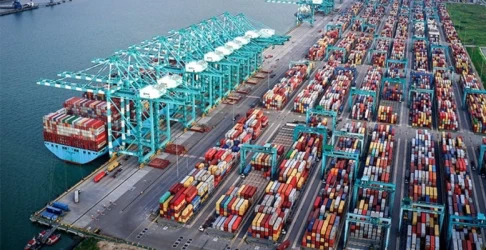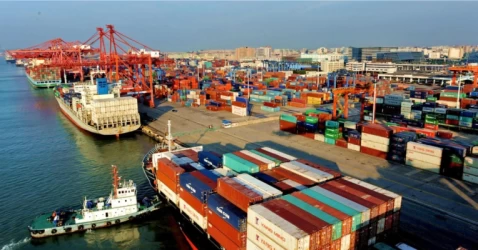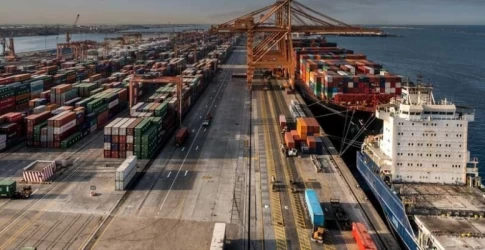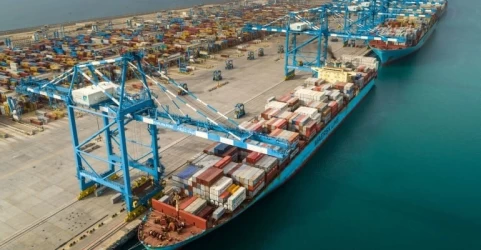International Household Goods Transportation
Transporting household goods internationally can be a complex and daunting task. Whether you’re relocating for work, study, or personal reasons, understanding the intricacies of international shipping is crucial. This article provides an overview of the key aspects involved in the process.
1. Planning and Preparation
The first step in international household goods transportation is thorough planning. This includes:
- Inventory Management: Create a detailed inventory of all items to be shipped. This helps in estimating costs and ensuring nothing is left behind.
- Research: Investigate different shipping companies and their services. Look for reviews and ratings to choose a reliable provider.
- Documentation: Ensure all necessary documents, such as passports, visas, and shipping permits, are in order.
2. Choosing the Right Shipping Method
There are several methods to transport household goods internationally:
- Sea Freight: Ideal for large shipments, sea freight is cost-effective but slower compared to air freight.
- Air Freight: Faster but more expensive, air freight is suitable for urgent or smaller shipments.
- Land Transport: For neighboring countries, land transport via trucks or trains can be an efficient option.
3. Packing and Labeling
Proper packing is essential to protect your belongings during transit. Consider the following tips:
- Use Quality Materials: Invest in sturdy boxes, bubble wrap, and packing tape.
- Label Clearly: Label each box with its contents and destination room to simplify unpacking.
- Fragile Items: Pack fragile items with extra care, using padding and cushioning materials.
4. Customs Regulations
Understanding customs regulations is vital to avoid delays and additional costs:
- Declare All Items: Accurately declare all items being shipped to avoid fines or confiscation.
- Restricted Items: Be aware of items that are restricted or prohibited in the destination country.
- Duties and Taxes: Research the duties and taxes applicable in the destination country and budget accordingly.
5. Insurance
Insurance provides peace of mind in case of damage or loss during transit. Consider the following:
- Coverage Options: Choose a comprehensive insurance plan that covers all potential risks.
- Valuation: Ensure the declared value of your goods is accurate to receive appropriate compensation if needed.
6. Tracking and Delivery
Most shipping companies offer tracking services to monitor the progress of your shipment. Stay informed about the estimated delivery date and any potential delays.
Conclusion
International household goods transportation requires careful planning and execution. By understanding the process and choosing the right partners, you can ensure a smooth and stress-free relocation experience.
if you have a specific question or need more details, Iran's logistics experts are your answer!











